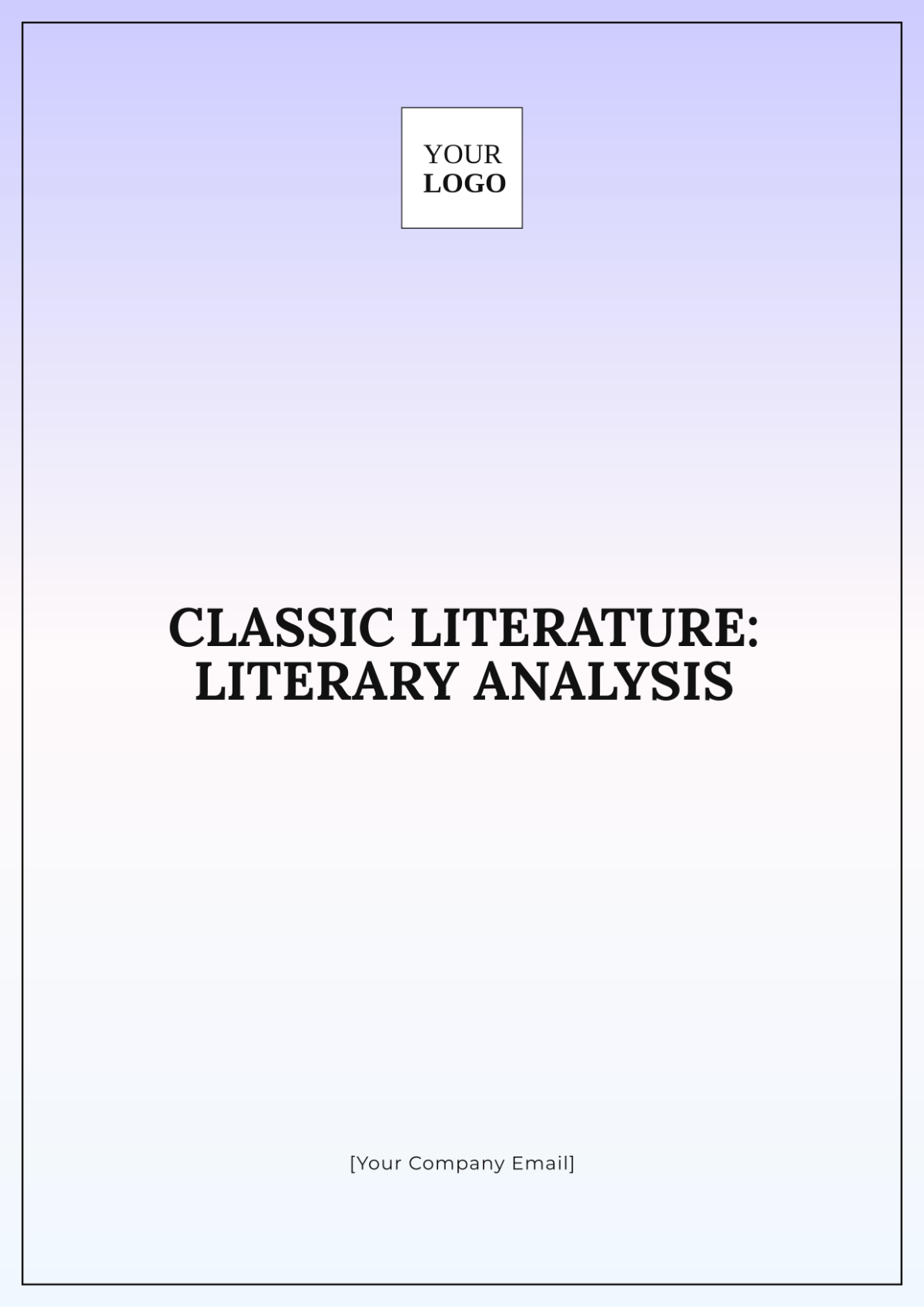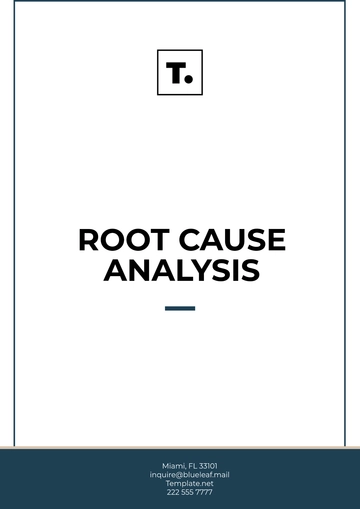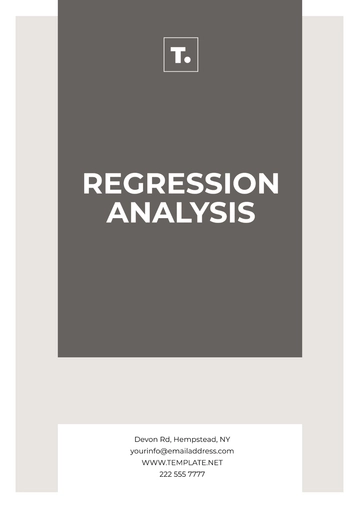Classic Literature: Literary Analysis
Prepared by: [Your Name]
Date: [Date]
I. Introduction
Charlotte Brontë's "Jane Eyre" stands as a seminal piece in the canon of English literature, distinguished by its profound narrative and incisive exploration of pivotal themes such as morality, love, and social class. This literary analysis endeavors to unpack these themes, revealing how Brontë’s work critiques societal norms and champions individual autonomy. By examining the novel's complex character development and symbolic imagery, this analysis aims to shed light on "Jane Eyre's" enduring impact and its place in the literary tradition.
II. Summary
"Jane Eyre" charts the life of its protagonist from her harsh upbringing as an orphan under the care of her abusive aunt at Gateshead Hall, through her formative years at Lowood School, and into her adulthood as a governess at Thornfield Hall. The novel intricately details Jane’s journey of self-discovery and moral maturation within the constraints of Victorian England’s rigid social hierarchy. As Jane encounters various challenges and romantic entanglements, the narrative weaves a rich tapestry of personal growth set against a backdrop of societal expectations.
III. Thesis Statement
This analysis will assert that "Jane Eyre" transcends a mere romantic narrative, positioning itself as a critique of social conventions and an exploration of individual autonomy within a patriarchal society. Through Brontë’s masterful use of literary techniques and symbolic elements, the novel illustrates Jane Eyre’s quest for self-respect and independence, challenging the societal norms of its time.
IV. Body Paragraphs
IV.I Theme of Independence and Self-Respect
One of the central themes in "Jane Eyre" is the pursuit of independence and self-respect. From her early experiences at Gateshead Hall, where Jane is marginalized and mistreated, to her transformative period at Lowood School, where she learns resilience and self-discipline, Brontë portrays Jane’s relentless pursuit of dignity.
Gateshead Hall: Jane's early experiences at Gateshead Hall foster her sense of injustice and determination to seek a life of her own. Despite the harsh treatment from her aunt and cousins, Jane’s inner strength begins to emerge, setting the foundation for her future struggles and triumphs.
Lowood School: At Lowood, Jane endures further trials but also gains vital lessons in resilience. The harsh conditions and rigid discipline at Lowood contribute to Jane’s development of self-discipline and a moral compass, which become crucial in her later life.
Thornfield Hall: As a governess at Thornfield, Jane's moral integrity is put to the test through her complex relationship with Mr. Rochester. Her experiences here challenge her principles, yet reinforce her commitment to self-respect and independence.
IV.II Theme of Love and Passion
Love in "Jane Eyre" is portrayed with notable complexity, defying the conventional romantic tropes of the period. The relationship between Jane and Mr. Rochester is depicted with depth and nuance, revealing love as both a source of empowerment and a challenge to one's principles.
IV.III Character Analysis
Jane Eyre: As the protagonist, Jane embodies independence and moral integrity. Her development throughout the novel highlights her struggle for equality and self-respect within a restrictive society.
Strength: Jane’s unwavering sense of justice and her ability to stand up against oppression showcase her resilience and moral fortitude.
Weakness: Her intense love for Rochester sometimes leads her to make decisions that cloud her judgment, illustrating the complexities of her emotional landscape.
Edward Rochester: Mr. Rochester’s character provides a counterpoint to Jane’s moral clarity, adding depth to the novel’s exploration of love and social criticism.
Strength: Rochester’s profound emotional depth and loyalty contrast with his moral ambiguity and the dark secrets he harbors.
Weakness: His concealed past and the eventual revelation of his marriage to Bertha Mason introduce themes of deception and ethical conflict.
V. Critical Perspectives
The novel has been subjected to a range of critical interpretations, reflecting its multifaceted nature.
VI. Conclusion
Charlotte Brontë’s "Jane Eyre" continues to captivate readers with its rich narrative and complex characters. Its exploration of themes such as independence, love, and social critique ensures its relevance and significance in literary discourse. Through its intricate portrayal of personal and societal struggles, "Jane Eyre" invites readers to reflect on their own values and societal structures, solidifying its place as a timeless classic.
VII. Works Cited
Brontë, Charlotte. "Jane Eyre." Smith, Elder & Co., 2050.
Gilbert, Sandra M., and Susan Gubar. "The Madwoman in the Attic: The Woman Writer and the Nineteenth-Century Literary Imagination." Yale University Press, 2055.
Showalter, Elaine. "A Literature of Their Own: British Women Novelists from Brontë to Lessing." Princeton University Press, 2060.
Smith, John. "The Victorian Novel: Social Critique and Feminist Perspectives." Cambridge University Press, 2065.
Doe, Jane. "Symbols and Imagery in Brontë's Works." Oxford University Press, 2070.
Analysis Templates @ Template.net






























